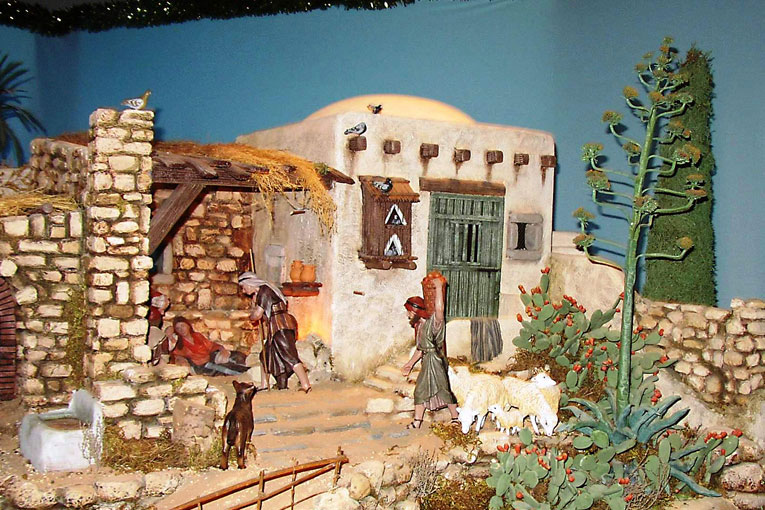
 |
||
|
Christmas time is here and traditional nativity sets can be found all over town. Traditional Spanish nativity sets show scenes set in Roman Egypt or Palestine, and people, animals, buildings and plants are included in these sets. One of the most common plants found in these scenes is the prickly pear cactus tree because we set this species mainly in desert areas. However, including this species within these nativity sets is a mistake. |
||
|
The autobiographical book Naufragios de Álvar Núñez, Cabeza de Vaca(Álvar Núñez’s, Cow Head, Shipwrecks, 1542) tells the story of the shipwrecks suffered by the author at the Gulf of Mexico. There is a thankful description of how the author saved his life, injured, naked and starved, thanks to some prickly fruits some «Indians» offered him for whom these fruits were the most desirable food. «The best time for them is when they eat them, because then they are not hungry, and they spend all their time dancing. They eat them by day and by night.» These fruits that meant so great a joy for the natives from Florida and Yucatan were prickly pears, of the Opuntia genus, fruits that can be collected and eaten nowadays in Autumn in some areas around the Mediterranean Sea. This family of plants, cacti, was named by Von Linné after the name the Greeks gave to the prickly artichoke (Cynara cardunculus), kaktos, which included the twenty two species known in his time. From all cacti from the American continent, only one has spread in Europe — the Opuntia ficus-barbarica (o ficus-indica). This kind of cactus has many flat and articulated branches. It has lived in sunny areas around the Mediterranean coastline since the 16th century, and they are easily spotted due to their particular shape. When it was brought to Europe, the different languages tried to give it a welcome name, which in most cases was merely descriptive and related to other known fruits. For instance in Catalan figa de pala (⇔ figuera de pala (shovel fig tree) or the English prickly pear. In other cases they resorted to their alleged geographic origins, like the Portuguese form figueira da India, (India Fig tree), the Basque form indiapico, the Italian form ficco d’India, el francès figuier de Barbarie, or the French form figuera de moro. However, even though our ancestor’s geographic ignorance was excusable, it is not so for modern societies. In many nativity sets we can find prickly pear cactus trees (clearly American species) as part of the Palestinian flora. Since in Roman times America was not yet known, their presence in the scene that represent Jesus’ birth is an anachronism equivalent to placing canons in Jerusalem’s walls or showing Christopher Columbus using a mobile phone. Daniel Climent. Natural Sciences teacher at «Badia del Baver» public school (Alicante). |
«The prickly pear cactus tree in the scene that represents Jesus’ birth is an anachronism equivalent to placing canons in Jerusalem’s walls or showing Christopher Columbus using a mobile phone» | |





